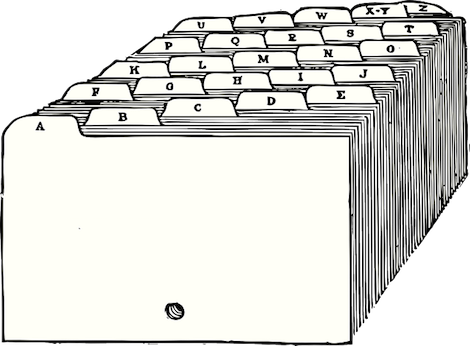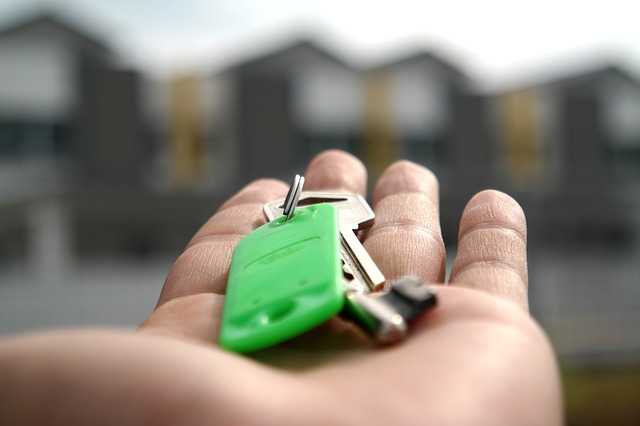From 2012 to 2017, the number of NRA certified realtors in the US increased by 31% to almost 1.4 million. This represents a tremendous resurgence of the US real estate market and a busy time for agents across the country. While the rental applications are flooding in, it’s critical that agents follow clear processes to efficiently onboard new tenants.
This checklist is to be used by realtors/letting agents once a prospective tenant has been screened and it's time to issue a lease agreement. Ultimately, it is designed to ensure that everything is in place for them to move in as soon as possible, in the smoothest way possible.
It's important that the tenant onboarding process is executed in a timely and professional manner because by doing so you are setting the foundation for a strong and trusting relationship with the tenant throughout the period of their stay.
In this checklist, we'll be going through general organization of the tenant's documentation, all of the necessary procedures regarding issuing and filing a lease agreement, financial considerations, and ongoing communication necessary to execute a flawless onboarding 🙂
We also have articles on the best real estate apps and several other free real estate checklists for you to check out.
Ready to begin onboarding a new tenant? Let's get started.









